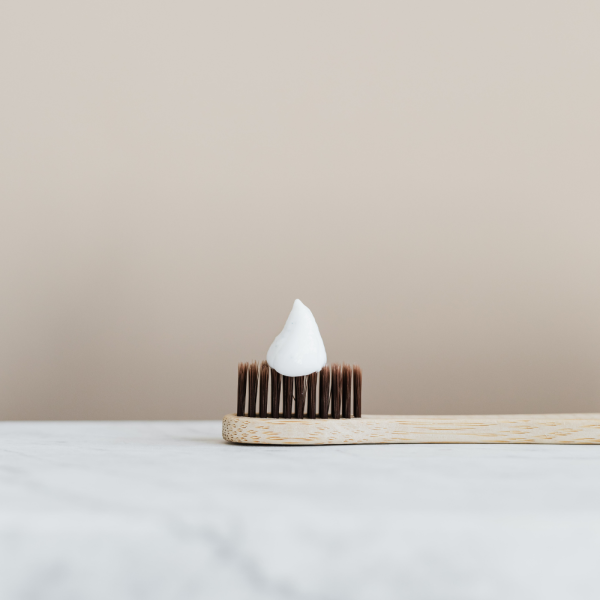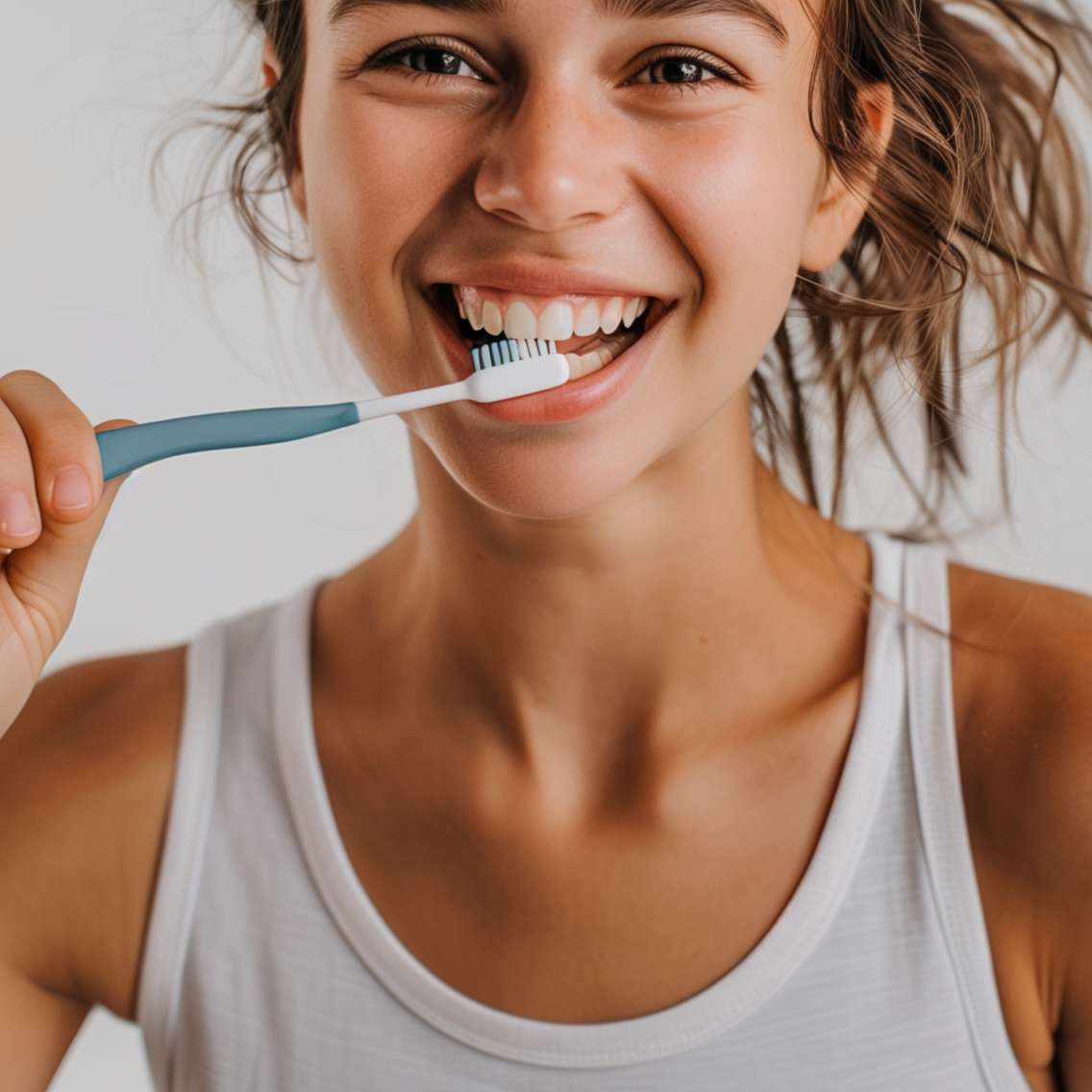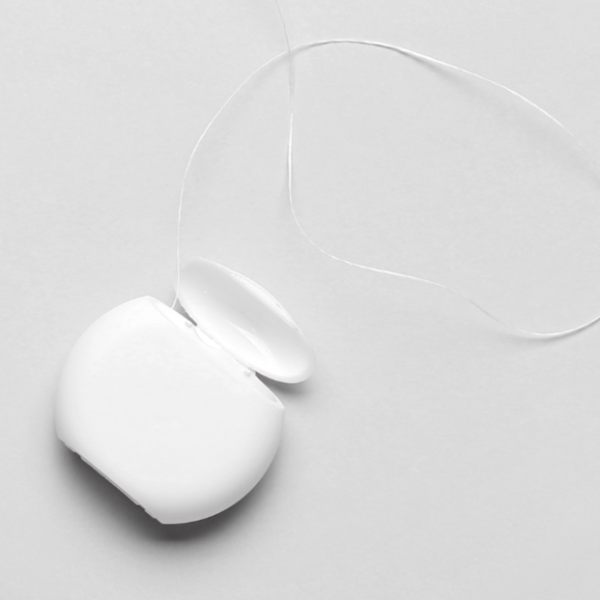For healthy and clean teeth, you should brush your teeth at least once in the morning and once in the evening. Take at least two minutes each time and brush your chewing surfaces, outer surfaces and inner surfaces in a circular motion. For optimum oral hygiene, use additional dental floss for the spaces between your teeth and use our mouthwash for fresh breath.
Tooth decay is a dental disease caused by the decay of tooth structure. Tooth decay occurs when bacteria accumulate on the tooth surface and turn sugar into acid, which attacks the tooth enamel. This can lead to cavities and holes. To protect against tooth decay, regular brushing and fluoride is the best protection. That's why our toothpastes contain the dentist-approved optimum fluoride content of 1450 ppm F- for adults and children aged 6 and over.
Fluoride strengthens tooth enamel and protects against caries. It has an antibacterial effect against plaque bacteria and reduces bacterial sugar metabolism. Fluoride also strengthens tooth enamel by incorporating minerals into the enamel structure and compensating for mineral loss due to acid attacks. This process, known as remineralization, is supported by fluoride and contributes to the hardening of tooth enamel. For this reason, all our toothpastes have the dentist-approved optimum fluoride content of 1450 ppm F- for adults and children aged 6 and over.
Plaque is a sticky, colorless substance that constantly forms on the teeth and consists of a mixture of bacteria, food debris and saliva. If plaque is not removed regularly, it can harden and become tartar, which is harder to remove and can irritate the gums. Plaque is the main cause of tooth decay and gum disease and needs to be controlled by regular brushing, flossing and professional dental cleanings.
Toothpaste with natural ingredients offers gentle but effective cleaning without the use of harmful chemicals. Our toothpastes show excellent stain removal, an important goal for teeth whitening as well as a better value in remineralization. Compared to others.
Our natural foaming agent provides a gentle and effective cleaning of the teeth thanks to the rich and creamy foam that helps remove plaque and leaves the mouth feeling fresh. A common foaming agent is sodium lauryl sulphate. Other than the natural foaming agent this substance can lead to apthae in sensitive people.
No, our products are not tested on animals. Apart from the fact that cosmetic products have not been officially allowed to be tested on animals since 2013, we are also firmly against animal testing. To ensure the safety and efficacy of our products, we use alternative, ethical testing methods.
All our products are labeled with a PAO mark (open cream jar symbol on the back of the packaging), which means that they have a shelf life of three years if unopened. Once the product is opened, the shelf life corresponds to the month specification indicated in the PAO symbol.

When choosing your toothbrush, you should make sure that it has soft to medium-hard bristles so that plaque is removed without damaging your gums. If you like, use an electric toothbrush. We also recommend replacing your toothbrush or brush head every three months. Just as important as the toothbrush is the right toothpaste. Here you have free choice depending on your taste, although we recommend a toothpaste with fluoride, as this strengthens the tooth enamel and prevents tooth decay.

Take your toothbrush and a pea-sized amount of toothpaste to clean your teeth effectively. Then brush your chewing surfaces, outer surfaces and inner surfaces in gentle, circular movements. Take two to three minutes to remove any plaque.

Use dental floss once a day to remove stubborn food debris and plaque between the teeth. To do this, wrap the floss around your middle fingers and gently move the floss back and forth between your teeth.

Use dental floss once a day to remove stubborn food debris and plaque between the teeth. To do this, wrap the floss around your middle fingers and gently move the floss back and forth between your teeth.

An antibacterial mouthwash after brushing and flossing can help reduce plaque and freshen breath. Mouthwash with fluoride also helps to further strengthen tooth enamel.